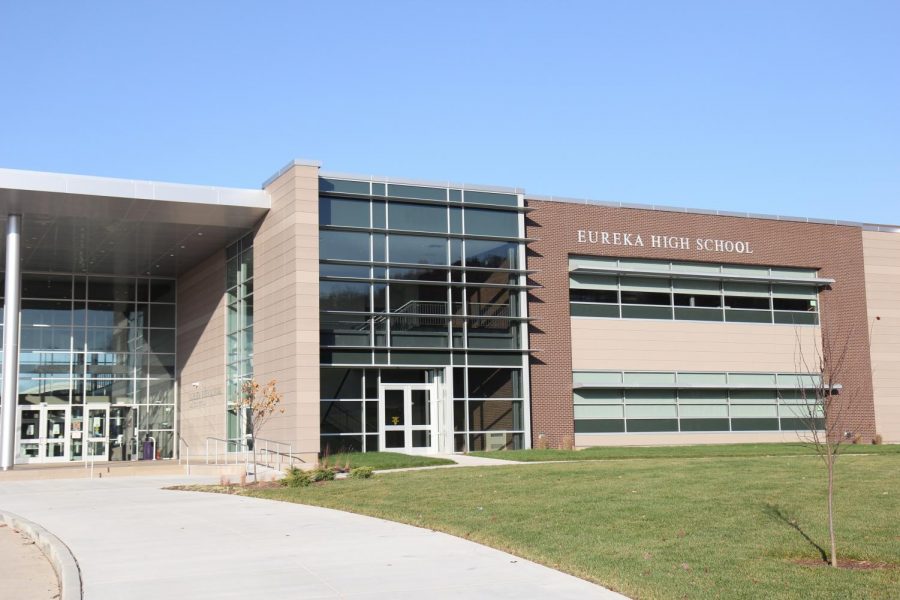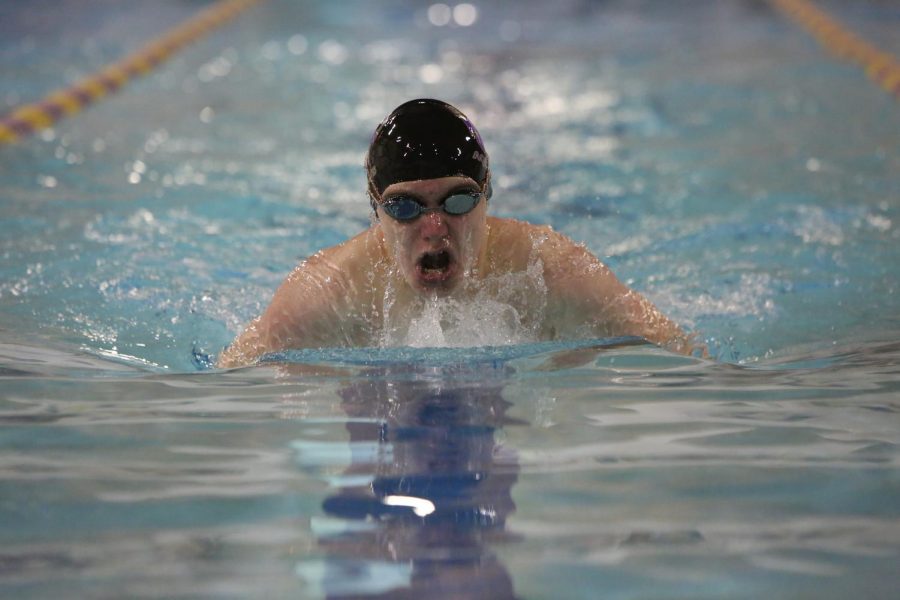“Blade Runner 2049” synopsis
First there were humans, then there were Replicants, artificial human beings that are designed to be “more human than human.”
Where to begin. “Blade Runner 2049” picks up 30 years where “Blade Runner” ends, leaving the audience with as many questions as answers as did the first film.
“Replicants are bioengineered humans, designed by Tyrell Corporation for use off-world. Their enhanced strength made them ideal slave labor.
After a series of violent rebellions, their manufacture became prohibited and Tyrell Corp went bankrupt.
The collapse of ecosystems in the mid 2020s led to the rise of industrialist Niander Wallace, whose mastery of synthetic farming averted famine.
Wallace acquired the remains of Tyrell Corp and created a new line of replicants who obey.
Many older model replicants – Nexus 8s with open-ended life spans – survived they are hunted down and ‘retired’.
Those that hunt them still go by the name…
Blade Runner”
While the film’s main focus is the Replicant Blade Runner who executes exiled Replicants, human emotions drive the story which illustrates how personal experiences shape an individual.
The film opens with Officer K (Ryan Gosling), a newer model replicant designed to be a Blade Runner ultimately destroying his own kind. Within the first 10 minutes of the film, K is retiring Sapper Morton (Dave Bautista), an old Replicant that was a runaway but seems to be no harm to society.
Morton is hiding out in a desolate landscape farming grubs. It’s a bleak existence. The only break in his compound of low-slung non-descript buildings is a bleached dead tree towering over the landscape.
This retiring is what K is designed for, and he is the newest model of Replicants that always obey.
K returns to the precinct where the audience witnesses his life there and the test he takes routinely to confirm his programming is intact.
Later when K arrives home, we meet his “housewife:” Joi (Ana de Armas) who is an artificial companion that can be purchased and customized. They have a connection that cannot be denied; although Joi has developed feelings of love that K does not know how to reciprocate.
K feels nothing as he is built to do. He doesn’t depart from his programming until he returns to the farm where he retired Morton.
Detectives uncover bones buried under the dead tree at the farm where K retired Morton.
The bones indicate a born Replicant–the supposed offspring of Deckard (Harrison Ford) and Rachel (XXX)–which is impossible since Replicants are manufactured beings and cannot reproduce life: K witnesses his first miracle.
K’s commanding officer orders him to track down the missing child and destroy it before word gets out that a replicant was born not created.
K struggles with retiring something that was born–a task he has never performed before.
This moment feeds K’s conflict within himself as he thinks back on what Morton said about seeing a miracle: Who is he?
After receiving his mission, he heads back to the farm to try and collect more intel.
He goes back to the tree at which he sees a living flower: his second miracle since all life has not survived outside of humans. While reaching for the flower he uncovers the date 6.10.21 engraved on the stone surrounding the tree.
The date triggers a memory of K as a little boy hiding a toy horse from the boys at an orphanage who are chasing him. That toy horse had the same date etched on the bottom. Until this moment, K is sure of his nature since Replicants are made fully-grown and without childhoods.
This memory has travelled with him his whole life. Finding external confirmation of it, confuses and frightens him since the confirmation introduces the possibility of the memory being real instead of implanted; he could be human and not just another replicant.
This carving leads K on a journey to figure out his truth: is he Replicant or human?
A person–the memory maker (Carla Juri)–creates the memories that Replicants have so they have human responses. In the middle of this personal crisis, K travels to the memory maker to figure out if his memory is in fact real or manufactured. She confirms that someone lived this memory, and K violently reacts in his state of confusion.
Knowing the memory is real, K believes he is the missing Replicant-born child and struggles to cope.
Having gone off the rails, K is arrested and does not pass the Replicant Test. He then lies to his commanding officer saying he found the born Replicant and that the boy didn’t even know he was Replicant-born. K reports he killed the boy ridding the world of the change the boy’s existence would have forced.
This is K’s first evolution as a Replicant. His generation of Replicants are designed to obey. K feels emotion leading him to lie… for the truth.
2049 is a dark place… at least for K and his kind. The audience witnesses no joy accept for a memory the memory maker creates of a child’s birthday as we watch her work.
K follows his truth exposing the distrust these manufactured people feel for a society that owns them and tests them constantly.
With new-found information, K and Joi go on the run to find out the origin of the toy horse, leading them to Deckard (Harrison Ford), the original Blade Runner and possibly K’s father.
K cannot comprehend why Deckard would abandon his child. Deckard explains the child would’ve been dissected. The child would be experimented on endlessly.
Deckard: “Sometimes to love someone you got to be a stranger.”
After their talk, Wallace’s henchmen catch up to K and Deckard and attack the abandoned building in which Deckard is staying. Wallace’s people leave K for dead while Deckard is taken for information on his Replicant-born child.
Waking up in a tunnel, K meets the rebellion of Replicants that plan to start an uprising when the time is right once they locate the grown child to be their leader.
During the rebellion commander’s speech, she drops that the child is a girl. Again K’s understanding of his world is rocked.
Commander: “Dying for the right cause. It’s the most human thing we can do.”
K risks everything only to discover that he is what he long thought himself to be: a Replicant.
K realizes the child is the memory maker.
Struggling to process the information and emotions, K decides to save Deckard.
He tracks and fights Wallace’s Replicant and tells the surviving Deckard that K will report that Deckard died out in the water. He takes Deckard to Deckard’s daughter.
Fatally wounded, K lies down on the steps of the building in the snow, a smile on his face. Deckard then walks into the building, places his hand on the glass to the room in which his daughter rests, tears in his eyes, ending the film.
Your donation will support the student journalists of Eureka High School - MO. Your contribution will allow us to purchase equipment and cover our annual website hosting costs.

This is Margherita's fifth semester on staff where he serves as an opinions writer for the EHS_hub. Marghertia enjoys discovering new music, traveling...













